Southeast Asia has a range of cultures and traditions, with many individuals standing out for their remarkable contributions to their respective communities.
Among them is Rizal, Palawan’s Maman Buano Layom, a Tau’t Bato, who dedicated his life to his craft and have become an icon in his own right.
Layom, who is 99 years old and will be a centenarian in August, is known as Southeast Asia’s oldest mountain tour guide, and he has spent decades leading climbers and trekkers up the majestic Mt. Mantalingahan, where Palawan’s most challenging peaks lie.
He is also the Philippines’ oldest farmer, who has worked the land for years and continues to do so with unwavering passion and commitment.
He has earned the respect and admiration of his peers, and his stories serve as a testament to the resilience and perseverance of the human spirit.
He lives in the outskirts of Barangay Ransang in Rizal, near the jumping point of the mountain. Layom has been leading groups of tourists to Mt. Mantalingahan for over 70 years, and his knowledge of the terrain is unparalleled.
He knows the best routes to take, the most scenic viewpoints, and the safest way to traverse the tricky areas. Despite his age, which he say was God’s gift, Layom is as fit as a fiddle and shows no sign of slowing down.
The Tau’t Bato tribe where he proudly belong, which is also known as the “people of the rock,” is one of the indigenous groups in Palawan who lived in the province for centuries. Their name is derived from their traditional practice of building their homes and settlements on high cliffs and rocky outcroppings.
They are known as one of the oldest inhabitants of Palawan, with a history dating back at least 30,000 years ago.
They are skilled hunters and gatherers, relying on the forest and the sea for their livelihood. They practice swidden agriculture, or kaingin, which involved clearing small patches of land for cultivation.
Their unique way of life have been passed down from generation to generation.
With this, Layom has dedicated his life to preserving and sharing the traditions of his tribe with visitors from all over the world.
Despite his age, Layom remains an active and enthusiastic tour guide, still navigating the challenging terrain of Mt. Mantalingahan with ease.
He shares his knowledge of the mountain’s history, geology, and ecology, pointing out the diverse flora and fauna along the way.
His tours also include stops at cultural sites, where he shares insights into his people’s way of life. He also warns the guests about the areas that are considered sacred and must be treated with respect and care.
He believes that it’s his duty to protect the sacred spaces and ensure that the guests understand the cultural significance of these places. His knowledge of the mountain and his tribe’s customs and beliefs make him an invaluable guide.
Layom’s tours are not just an opportunity for visitors to learn about Palawan’s natural beauty and rich cultural heritage; they are also a testament to the resilience and strength of the Tau’t Bato people.
Despite the challenges they face, including threats to their land and culture, they continue to persevere and thrive.
Aside from his work as a tour guide, Layom is also known as the oldest farmer in the Philippines. Last month, he was personally invited by President Ferdinand Marcos Jr. in Malacañang and received a presidential recognition for his profession.
His commitment to his tribe, his work, and the environment is an inspiration to many, proving that even at the age of 99, one can make a meaningful impact in the world.
Layom’s tours are not just an opportunity for visitors to experience the beauty of Palawan; they are also a way to support and celebrate the culture and heritage of the Tau’t Bato people.
Today, even if indigenous cultures are threatened, Layom is a beacon of hope, reminding us of the importance of respecting and preserving the traditions of our ancestors.
As the oldest tour guide in South East Asia and the Oldest Farmer in the Philippines, he is a living testament to the value of indigenous knowledge and the need to protect our natural resources for future
generations.



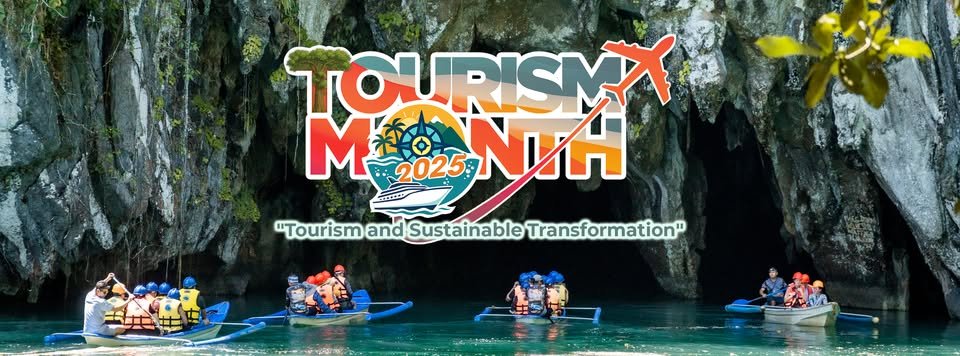





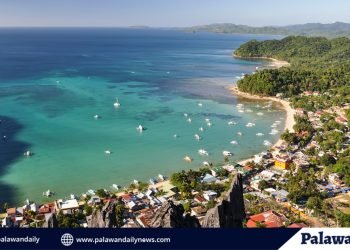
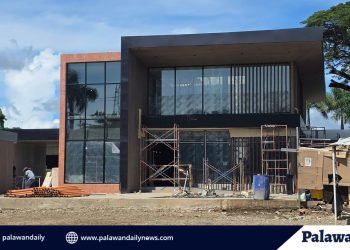
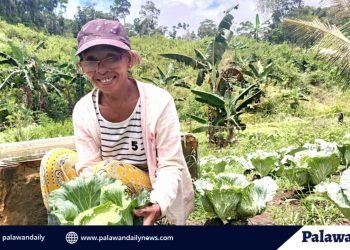










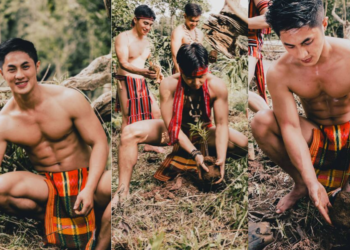

Discussion about this post